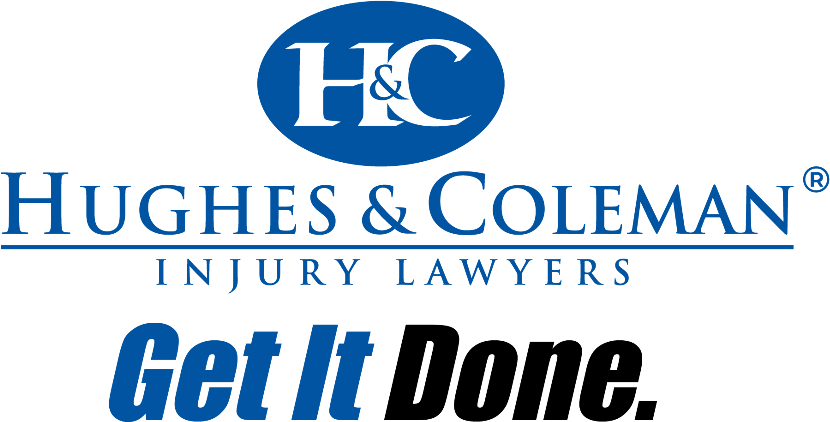-

Aggressive driving is a significant factor in a striking number of fatal motor vehicle accidents. In this article, we analyze ways to successfully get out of dangerous road-rage scenarios.
The fact that speeding is the most common factor leading to fatal motor vehicle crashes may be disturbing but it’s probably not that surprising. Bad driving behaviors – such as speeding, distracted driving or drunk driving – can be expected to contribute to accidents, injuries, and property damage that otherwise could be avoided. What many may view as much more surprising, though, is the second most common factor in fatal car accidents. This, according to traffic data from the years 2003 to 2007, is aggressive driving and road rage. Fatal Accident Report System (FARS) administered by the National Highway Traffic Safety Administration (NHTSA) shows that, in the aforementioned time frame, aggressive driving was a major factor in 56% of all fatal accidents.
This fact is striking primarily because it shows that road rage is almost ubiquitous. If aggressive driving is a contributing component in half of all deadly car crashes, it means that road rage incidents must happen extremely often. However, other statistics related to road rage are even more concerning. According to one source, 37% of aggressive driving incidents involve a firearm and, in one seven-year period, road rage led to 218 murders and 12,610 injuries.
The conclusion that can be drawn from these statistics is that road rage incidents pose one of the greatest threats to the health and safety of American drivers. Engaging in, or being on the receiving end of, aggressive driving can lead to catastrophic outcomes. Every driver should, therefore, be familiar with some effective techniques for avoiding, de-escalating or escaping such situations. In this article, we will present 5 effective ways to deal with this problem that may help drivers in potentially life-threatening road rage scenarios.
1. Learn to Identify Road Rage
The first way to effectively avoid road rage – either as a driver who may engage in this type of behavior or as the one who may be on the receiving end of it – is being able to understand what actions constitute aggressive driving and road rage. Even though these terms are often used interchangeably they are different in the eyes of the law. NHTSA, for example, states that aggressive driving refers strictly to the “operation of a motor vehicle in a manner that endangers or is likely to endanger persons or property”. This may include actions such as following improperly, improper or erratic lane changing, failure to yield the right of way, and many others. Aggressive driving is a traffic violation. Road rage, on the other hand, covers a wide range of actions of varying degree of intensity from “gesturing in anger or yelling at another motorist” to “confrontation, physical assault, and even murder”. If it involves more than gesturing or yelling, road rage is a criminal offense that can result in fines, jail time, or permanent criminal record.
2. Don’t Overuse the Horn
Car horns are loud and their sound is annoying. Of course, they are designed this way because their purpose is to alert other users of the road to a potential danger. A sudden, loud, and usually high pitch sound creates an emotional reaction that helps a person to react decisively. On the other hand, this means that if the car horn is used to vent anger and frustration rather than alert others of a danger, it can cause unnecessary stress and contribute to the escalation of aggression and violent behavior. In order to avoid that, drivers should use the car horn only if absolutely necessary.
3. Don’t Aggravate Other Drivers
While there can be no excuse or justification for aggressive driving or road rage, each driver can personally contribute to creating safer conditions by driving in a more courteous and considerate manner. Some good driving habits include:
- Using signal lights
- Avoiding tailgating
- Not hogging the lane
- Driving with a steady, even pace
4. Don’t Take It Personally
Being on the receiving end of aggressive driving or verbal aggression and abuse can be difficult to take. A natural tendency may be to try to defend oneself. However, instead of seeing aggressive driving as a personal insult, it is much more productive to keep in mind that other users of the road have their own worries and stressors. Therefore, their actions, though inconsiderate and hurtful, have much more to do with their own problems than with the particularities of the morning traffic. Thinking about aggressive drivers in this way can help the victims of such aggression to stay calm in the face of the abuse.
5. Learn to De-escalate
Sometimes it is impossible to avoid aggressive drivers and road rage incidents. However, the way one responds to them can greatly affect the final outcome of the situation and help the innocent drivers stay safe instead of getting into a potentially life-threatening altercation. Common ways to de-escalate a road rage incident include:
- staying calm
- avoiding eye contact with the aggressor
- giving the aggressor more space by letting them go ahead or by changing lanes
- indicating apology if guilty of bad driving behavior
- calling the police if in imminent danger
Unfortunately, aggressive driving and road rage seem to be permanent features of our driving culture and show no signs of going away any time soon. The best we can do as individuals is to realize that getting home safely is far more important than venting one’s frustration.
Get In Touch Today!
We offer free consultations 24/7 and there will always be someone here to take your call. Call our personal injury lawyers today for a free consultation or fill out this form and we will contact you.
We serve clients across Tennessee and Kentucky and we have several offices throughout both states. See all of our locations and contact us today.


